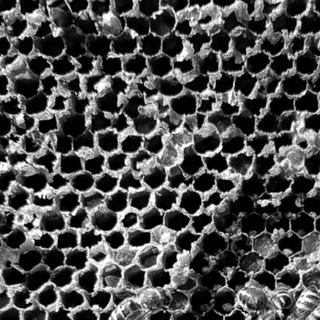Some 66 million years ago, a six-mile-wide asteroid struck Earth and swiped dinosaurs off the planet. But new research offers a slight twist to this age-old story, arguing that some dinosaurs may have already been going extinct before the collision due to changes in the climate.
The study, published in Nature Communications, notes the decline of non-avian dinosaur species started 10 million years before they vanished and was driven by global climate cooling. Other ecological and environmental pressures include high sea levels, the spread of new species’ habitats on land, depleting herbivore crops, and massive volcanic activity.
Researchers at the French National Center for Scientific Research analyzed 1,600 dinosaur fossils to gauge the extinction rates of six major dinosaur families: Ankylosauridae, Ceratopsidae, Hadrosauridae, Dromaeosauridae, Troodontidae, and Tyrannosauridae. They found the diversity of non-avian dinosaurs started to decline 76 million years ago — a phenomenon that coincided with the environmental upheaval caused by the breaking up of supercontinents Laurasia and Gondwana that existed around 180 million years ago.
The findings also add new evidence to the existing debate within the paleontological community on whether dinosaurs were in decline or not before the impact — that is, if their extinction was abrupt or gradual. “The alternative scenario is that dinosaur diversity was not that high and was instead lower just before the asteroid impact than millions of years before,” Fabien Condamine, lead author of the study, at the Institute of Evolutionary Science of Montpellier in France, told New Scientist.
“Here, the meteorite is seen as a coup de grâce for dinosaurs, which would have been declining.”
Related on The Swaddle:
Malignant Bone Cancer Found in a Fossilized Dinosaur Bone
The researchers hypothesize the following chain of events: the cooling climate served as a catalyst for the decline in the geological period called Cretaceous. “These results imply that warm periods favored dinosaur diversification whereas cooler periods led to enhanced extinctions,” the authors note.
While the causation of the ecological impact is unknown, the cooling temperature triggered problems for large dinosaurs who relied on warm climates to maintain their body temperature. Moreover, older dinosaurs lacked the ability to evolve and adapt to changing environmental conditions, further spelling difficulties in their survival.
The loss of food crops may have also played a role too. In the Cretaceous period, hadrosaurs, otherwise small species, grew very large and outcompeted other older herbivores for plants. This competition for food crops due to evolutionary mechanisms was also a critical development.
In the end, the ecological influences “would have eventually led to a cascade effect triggering extinctions even if the asteroid hadn’t struck,” New Scientist noted.
The impact of the collision — called the “Cretaceous–Paleogene extinction event” — is in itself not disputed. Animal species perished; there was subsequent environmental devastation, debris in the atmosphere cut off life-giving sunlight, Earth’s surface temperatures drastically fell.
But scientists resistant to the idea of a “gradual extinction” note the extinction wouldn’t have happened without the asteroid collision, citing incomplete data. The analysis of fossil records is at the heart of the dispute. A 2016 study had previously challenged the idea of sudden dinosaur extinction, but critics noted research on dinosaur species from the Cretaceous period was underreported due to absent records and sampling biases.
“This kind of information cannot really be shown with these sort of methods because ultimately it is the underlying data that really matter. And the fossil record is really incomplete,” Alfio Alessandro Chiarenza, at the University of Vigo in Spain, told New Scientist. “We don’t know what’s going on in Africa, we don’t know the diversity in most of Europe. In Asia, we don’t have the right rocks that precede the extinction.”
While paleontologists uncover evidence of contributing factors to dinosaur extinction, the revision to the dinosaur extinction story makes us wonder: What would have life looked like had the space rock not destroyed a species and the planet?




